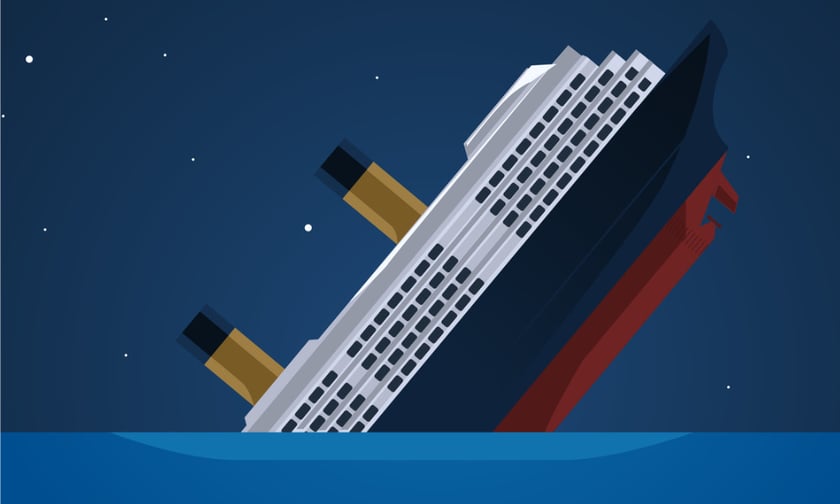

A law from the 1850s, spurred about by a historic tragedy, could just be the life preserver a British insurer needs following the recent Baltimore bridge incident.
Legal analysts indicate that Singapore-based Grace Ocean, owner of the ship that collided with the structure, and its insurer Brittania P&I, might mitigate its financial liability using a relatively unknown law from the 19th century. This legislation, which was notably employed by Titanic’s owners to limit financial losses following its 1912 disaster, could play a crucial role in the current situation.
The incident, resulting in significant disruption to the eastern US transportation system and potential fatalities, has placed the vessel's owner in a precarious legal situation.
The ship, named Dali and chartered by shipping behemoth Maersk for its voyage, could be looking at damage claims soaring into the hundreds of millions of dollars due to the chaos and destruction caused.
The Edge Malaysia reports that the legal battles are expected to involve various parties, including the bridge's operator and relatives of six individuals who are feared to have perished following the collision in the Patapsco River. Experts suggest that the stationary nature of the bridge means liability is likely to rest with Grace Ocean.
The 1851 maritime law could significantly reduce the financial burden on Grace Ocean by limiting its liability to the post-accident value of the vessel and any freight revenue it generated, according to Martin Davies, director of Tulane University’s Maritime Law Center. This potential relief could mean the difference between tens of millions of dollars in liability versus the total amount of damage claims.
The insurance aspect of the incident is under scrutiny, with approximately 90% of global maritime cargo being insured through entities associated with the International Group of Protection and Indemnity Clubs. The Dali's insurance coverage is raising questions about the extent of the protection and the role of negligence or mechanical failure in the accident.
The aftermath of the collision has also brought attention to the complexities of maritime insurance and liability, especially in determining responsibility and coverage for the damages incurred. Legal proceedings under the 1851 law are anticipated, potentially influencing the handling of claims and insurance payouts.
Several experts have already weighed in on the potential cost of the disaster, with some comparing it to the Costa Concordia’s sinking off the coast of Italy in 2012, an event that drove a marine insurance loss of $1.5 billion.
What are your thoughts on this story? Please feel free to share your comments below.
